What would you put on the cover?
We asked some well-known friends what they would choose to put onto the cover of Country Life magazine
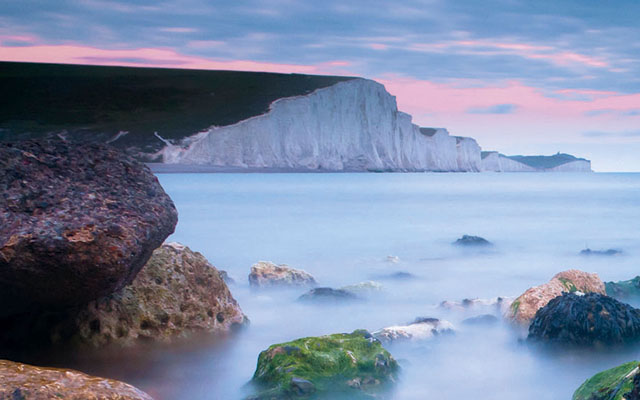

Tim Smit, co-founder, the Eden Project Whenever the flares go off in Fowey in south Cornwall, signalling the summons to the lifeboat crew to head off into the ocean, I feel strangely moved. For those who have never known it, there is little more frightening than being at sea out of the sight of land or worse, in sight of land, but at the mercy of the elements. The thought of the lifeboatmen has the same effect on me as the glowing light in a distant cottage window on a cold, dark night. It is a profound comfort.
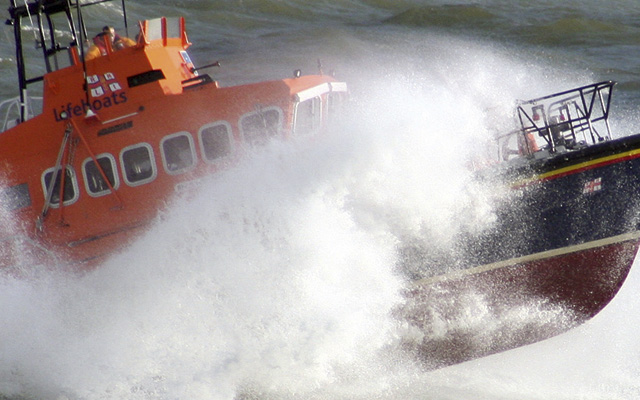
The Duke of Northumberland The iconic subject I’d choose would be the Cheviot Hills—or, more precisely, the Cheviot itself. At 2,674ft, this big, rolling, heather-clad hill dominates the border between Scotland and Northumberland, brooding with menace one moment as dark clouds obscure its tops and rain lashes down on its surface, then standing proudly in the sunshine the next. It’s a memorial to the thousands who died on its slopes and adjoining hills and valleys in centuries of border warfare.
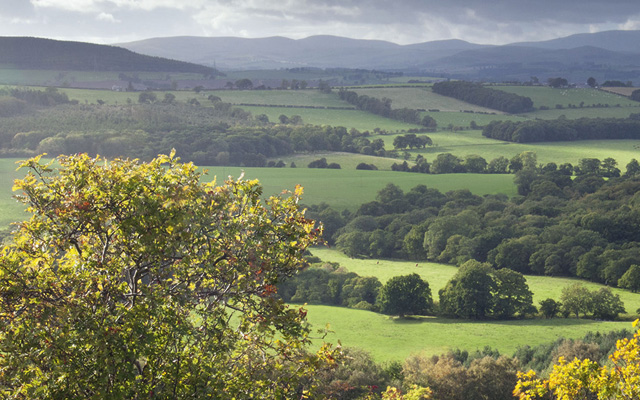
Simon Jenkins, journalist and National Trust chairman I’d choose the view of the Seven Sisters from Cuckmere Haven and Smugglers Cottages in East Sussex. These exquisite cliffs mark the Ice Age ‘cut’ of the English Channel most spectacularly. One of the longest stretches of unspoiled coastline on the south coast, they are constantly eroding, but so pure that you could eat them for indigestion.

Michael Morpurgo, author A slow worm resting in the long grass, a grass snake slithering out of sight, the twitch of a lizard’s tail disappearing down a hole or a barn owl (above) gliding over the water meadows at dusk all these memories I treasure and hope that my grandchildren will be able to come to love them, too.
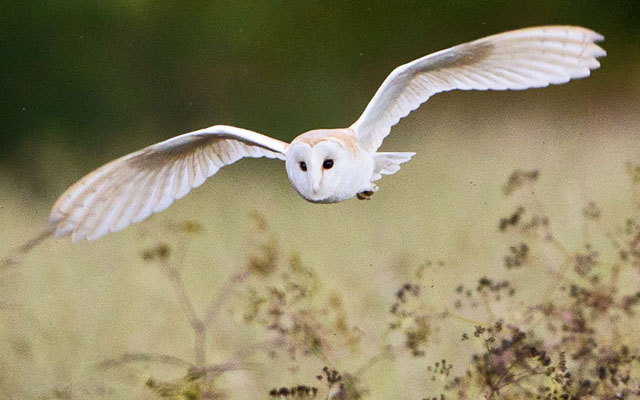
Philip Mould, art dealer and historian I’d choose one of the little Rollright Stones (2,000bc–3,000bc) in Oxfordshire. With its lichen colony that goes back to the 13th century, it looks like a gnarled tooth afflicted by terrible plaque, but it’s a palpable epitaph to pre-history.
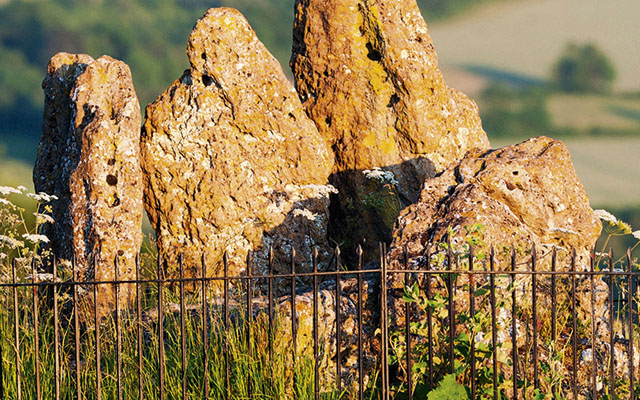
Henry Robinson, president of the CLA Trying to fit all the issues I want into one picture is tricky. I’d choose an image of the Cotswolds looking towards Daglingworth village with the old trees, new woodland planting, a footpath and a well-maintained stone barn all visible. It’s all part of a thriving rural economy, with agriculture at its roots.
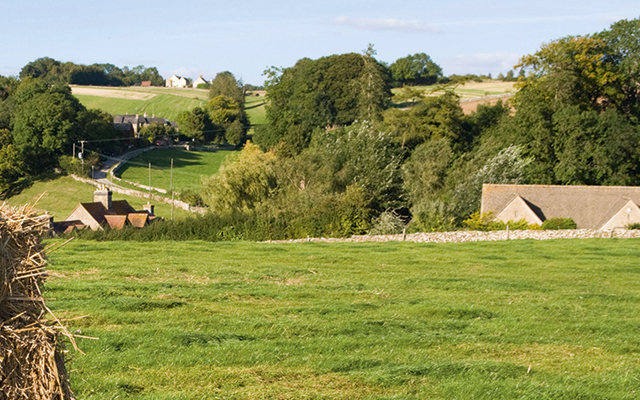
Ben Fogle, television presenter I’d go for the Outer Hebrides: far and away the most rugged, remote and iconic wilderness in Britain. My travels have taken me to all four corners of the world, but, for me, the Hebrides remains the most hauntingly beautiful place on Earth. It’s a place that everyone in Britain has heard of, but very few know where it is or what it looks like.
Sign up for the Country Life Newsletter
Exquisite houses, the beauty of Nature, and how to get the most from your life, straight to your inbox.
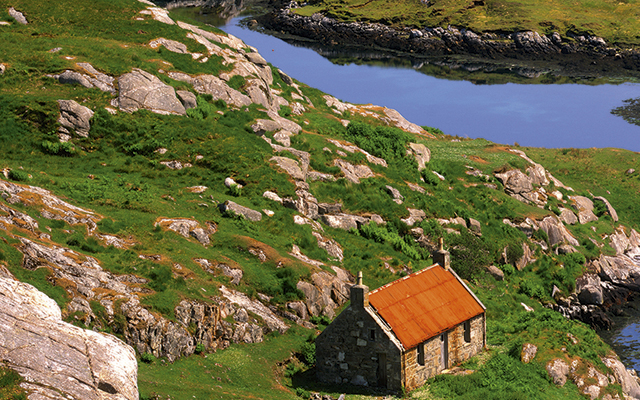
Bridget McCrum, artist I let my mind roam over my life and settled on Stoke Clump on the top of the South Downs. I have happy memories of my family and friends picnicking and walking the downs at Kingley Vale (above), with its beautiful, sweeping views back to Stoke Clump. There’s a timeless quality to the place, which I hope will last forever.
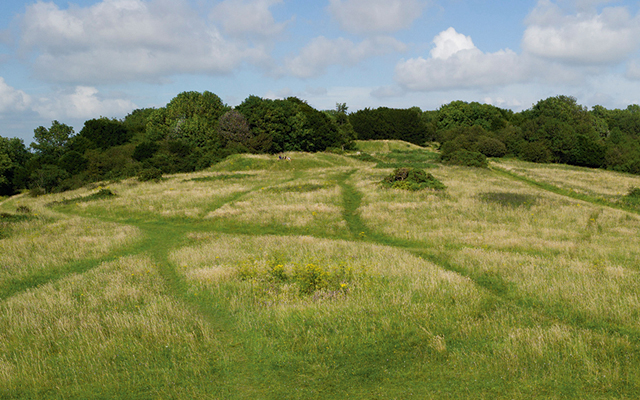
Libby Purves, broadcaster My choice would be galloping fairground horses on a merry-go-round, perhaps at St Giles’s Fair in Oxford or the ones belonging to Carters Steam Fair. Golden, multicoloured, dashing and splendid, they rise like waves and whirl you around in the simplest, most childlike kind of joy. English Victorian fairground illustrations are of horses, angels, flowers and butterflies, not racing cars and spaceships.
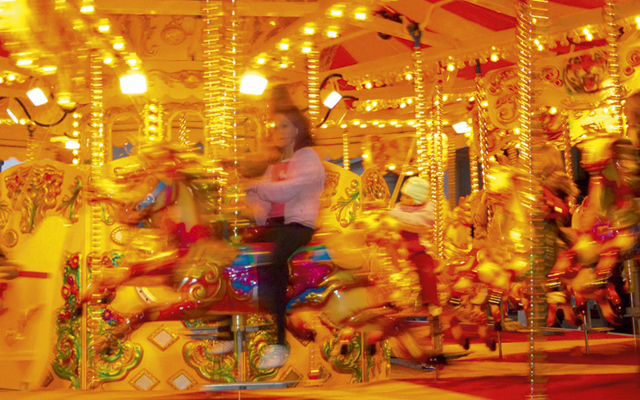
Deborah Swallow, Director of The Courtauld Institute of Art Crook of Lune, Looking towards Hornby Castle, about 1816–18, by J. M. W. Turner. Still an attractive spot, the Crook O’Lune, with its dramatic loop of the River Lune, is beautifully captured by Turner from a viewing ‘station’ above the Lancaster road. The serpentine ribbon of water winds through the valley to the far horizon, shaping the landscape into complex patterns of light and colour.
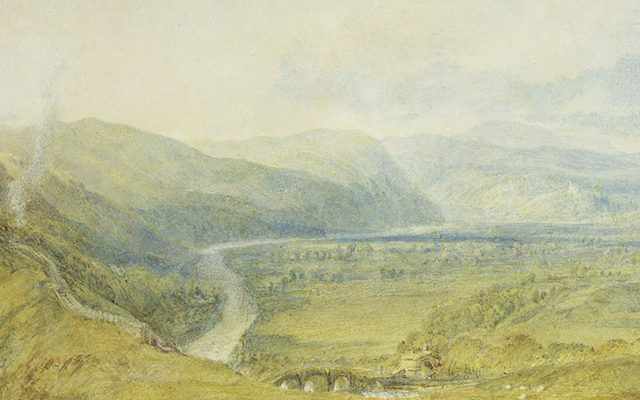
Kate Hoey, MP, Countryside Alliance chairman As a youngster in Co Antrim, Northern Ireland, I helped look after the pigs, cattle and hens on our farm. Slemish mountain was the nearby landmark. About 1,500ft high, it dominates the landscape for miles. The belief that St Patrick, as an enslaved youth, tended sheep there made it mysterious for me. I could imagine him turning to prayer in loneliness. It is now in an Environmentally Sensitive Area and is a haven for wildlife.
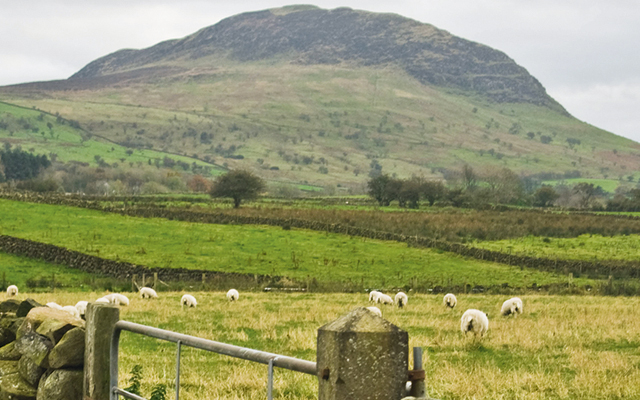
* Follow Country Life magazine on Twitter
-
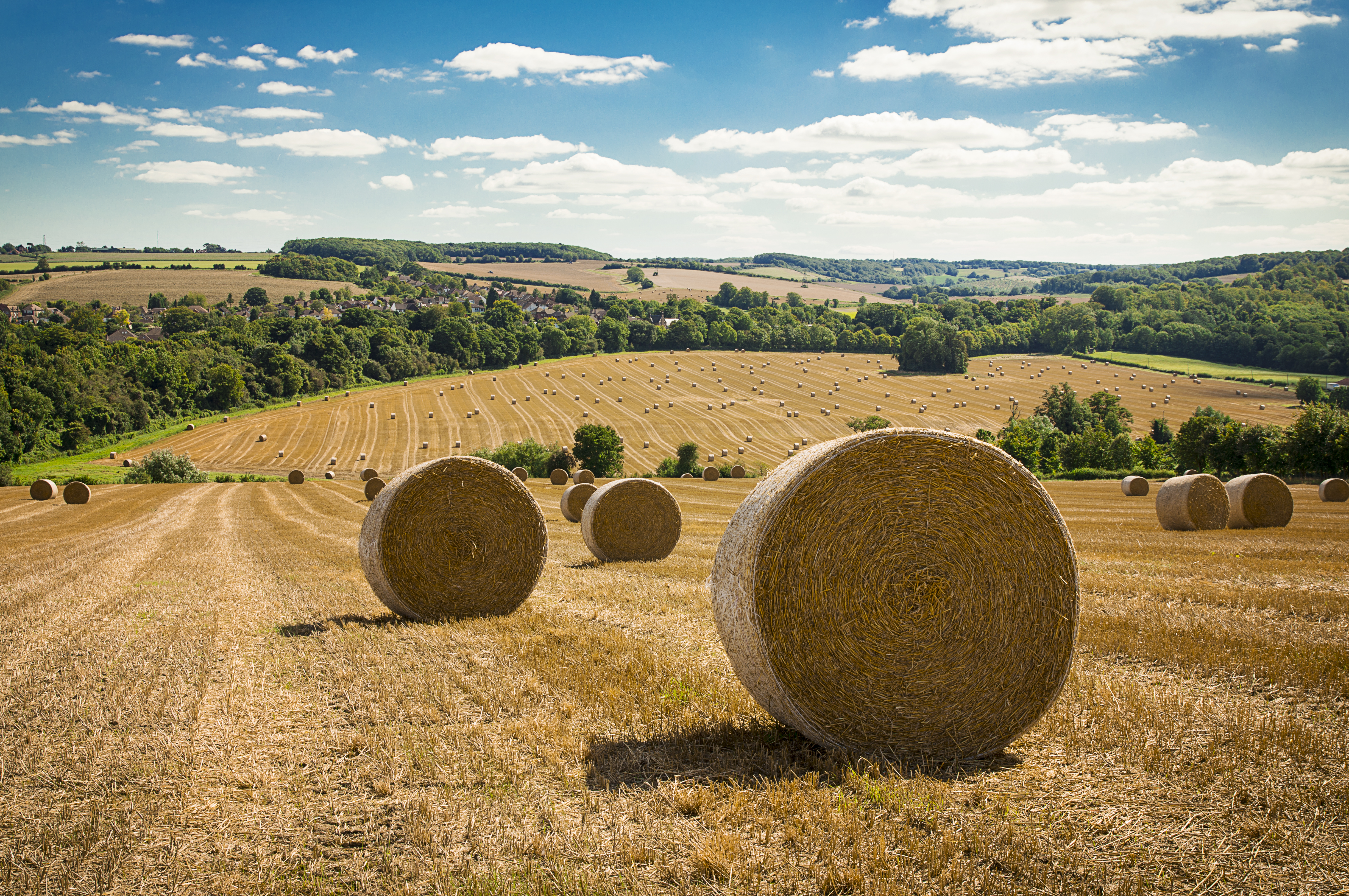 George Monbiot: 'Farmers need stability and security... Instead, they're contending with chaos'
George Monbiot: 'Farmers need stability and security... Instead, they're contending with chaos'The writer, journalist and campaigner George Monbiot joins the Country Life podcast.
By Toby Keel
-
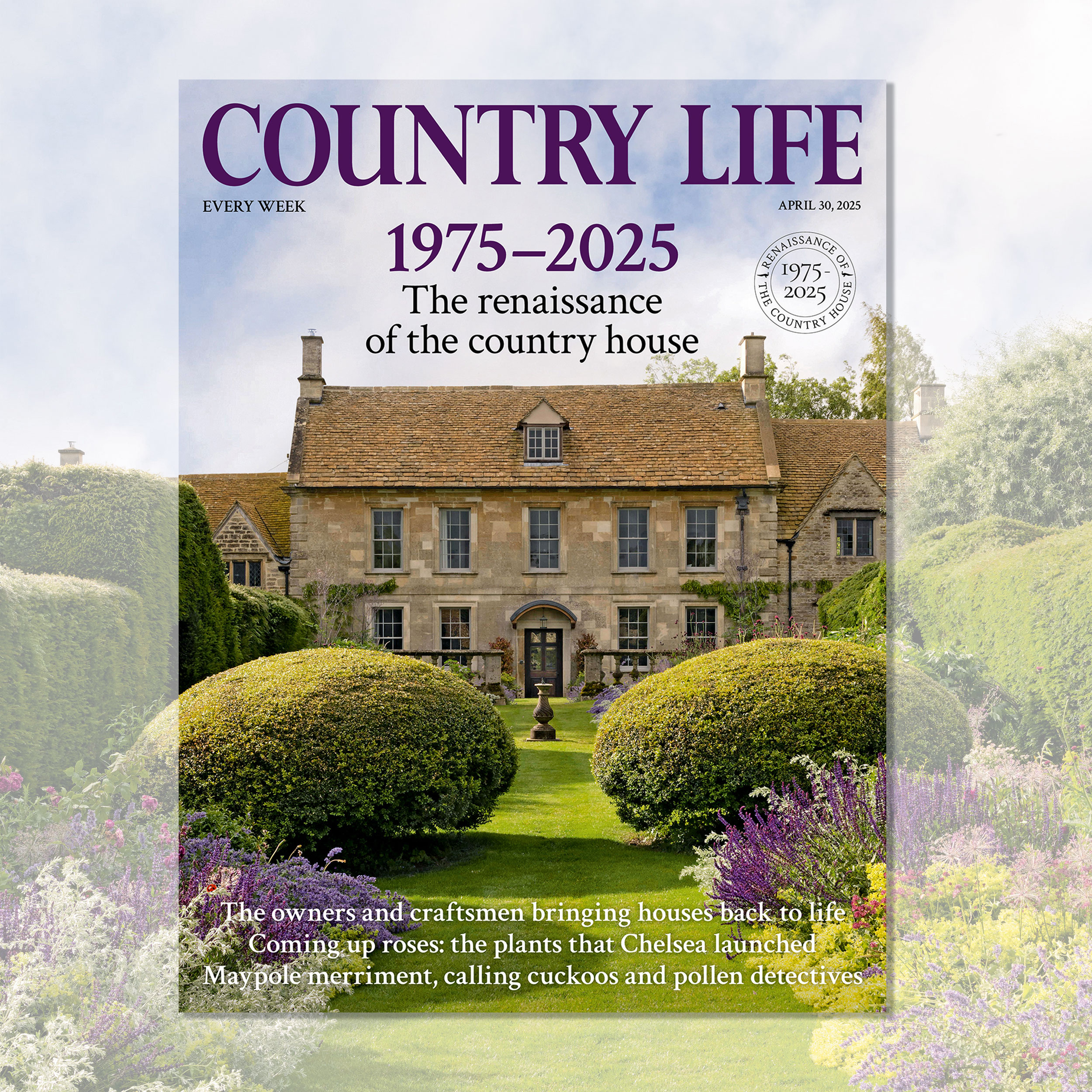 Country Life 30 April 2025
Country Life 30 April 2025Country Life 30 April 2025 is a glorious celebration of the country house in Britain, and the tale of its renaissance in the last fifty years.
By Country Life